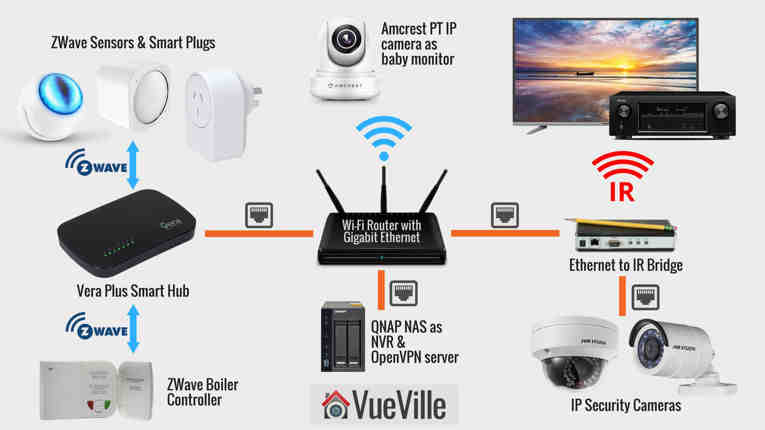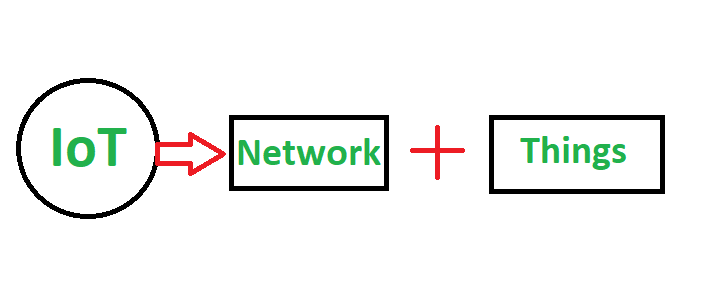What is smart home technology?
How do I create a smart home project?
Contents
Smart home projects around the house See the article : What is wired home automation?.
- Set your coffee machine (or grill, or fan, or …) to an automatic schedule.
- Improve your sprinkler system smarter.
- Invent something smart!
- Monitor and secure your internet.
- Automate everything with hubs.
- Track your weight, BMI and bone mass with a smart scale.
- Automate your lights.
How do smart houses work?
How do smart homes work? Smart homes use smart devices (from light bulbs to alarms and more) that connect to a network over a Wi-Fi network. Read also : How much does it cost to automate your home?. These devices can then be managed from anywhere, anytime using the app on your phone.
Do smart homes use the internet? A smart home is a residence that uses devices connected to the Internet to enable remote monitoring and control of devices and systems, such as lighting and heating.
Are smart homes a good idea?
A smart home saves electricity and reduces electricity and water bills. It is often observed that the lights remain on due to the laziness of getting up and turning off. This may interest you : What is meant by home automation?. A smart home will allow you to turn off lights and other electronic devices even when you are in bed and going to sleep.
How are smart homes set up?
One way to build a smart home is to buy a lot of components – sensors, smart bulbs, security cameras, speakers and more – and connect them all to a hub that helps them communicate with each other and with you, via your smartphone.
How are smart homes connected?
Smart home devices are interconnected and can be accessed through a single central point – a smartphone, tablet, laptop or game console. Door locks, televisions, thermostats, home monitors, cameras, lights, and even appliances such as refrigerators can be controlled through a single home automation system.
Do smart homes need wifi?
All you have to do is plug a Z-Wave or Zigbee rod into Hubitat to keep your devices connected for full local access. Other smart home options include Wink and SmartThings. They can also offer the same level of local connectivity without the need for internet.
Do smart homes need wifi?
All you have to do is plug a Z-Wave or Zigbee rod into Hubitat to keep your devices connected for full local access. Other smart home options include Wink and SmartThings. They can also offer the same level of local connectivity without the need for internet.
What are the advantages and disadvantages of a smart home?
| Benefits | Disadvantages |
|---|---|
| Energy efficient | Costs |
| Convenience without hands | Internet Reliance |
| Enhanced Security | Setup and configuration |
| Save time with automated tasks | More technical security threats |
What is the purpose of a smart home? Smart Home allows homeowners to remotely control devices, thermostats, lights and other devices using a smartphone or tablet via an internet connection. Smart homes can be set up via wireless or wired systems. Smart home technology gives homeowners convenience and cost savings.
What advantages does a smart house provide?
Smart homes allow you to have more control over energy consumption, with automation of things like temperature adjustment, turning lights on and off, window opening and closing treatments, and adjusting irrigation to the weather.
How smart homes make life easier?
Home surveillance includes cameras, motion and leakage sensors. Home automation devices let you wirelessly stream music, track the weather, control the lights, or create shopping lists. The garage door can be opened and closed from your smartphone. Lock and unlock doors or create temporary keys for visitors.
What is the benefit of smart and connected products?
Smart, connected products enable comprehensive monitoring of product status, operation and the external environment via sensors and external data sources. Using the data, the product may alert users or others to changes in circumstances or performance.
Sources :




Comments are closed.